Der von den Händen des Caucho-Volkes geschaffene Rapé
Die Herstellung des Canela de Velho (Zimt des alten Mannes) Rapé, den Sacred Medicine seinen Kunden in der ganzen Welt anbietet, erfolgt im Dorf Igarapé do Caucho, das im gleichnamigen indigenen Land im Bezirk Taraucá im Bundesstaat Acre im Norden Brasiliens liegt. In diesem Gebiet leben etwa 900 Personen, die die 187 Familien der Pano-Sprachgruppe bilden.
Sehen Sie sich dieses Sleek Magazin-Interview mit Rita, einem Mitglied der Huni Kuin Gemeinschaft!
Was steckt im Huni Kuin Rapé - Canela de Velho
Zu den medizinischen Zutaten, die für die Herstellung dieses Huni Kuin Rapé verwendet werden, gehören die Asche eines Baumes, der allgemein als Canela de Velho (Zimt des alten Mannes) bekannt ist, und Sabiá-Tabak.
Sabiá-Tabak
Diese Nicotiana rustica kommt in Form von Seilen oder dicken Ranken vor, die für die Herstellung einheimischer Arzneimittel verwendet werden. Das Drehen dieser Seile ist kein natürliches Phänomen, sondern das Endprodukt eines Prozesses, bei dem die Sabiá-Tabakblätter geerntet, getrocknet und fermentiert werden, bevor die Tabakseilzylinder bei der Herstellung von Hand gefertigt werden können. Aus diesem Grund wird diese Zutat auch "Seiltabak" genannt.
Rapé-Mischungen, die aus dieser Form von Nicotiana werden von den Anwendern der einheimischen Medizin als besonders wirkungsvoll angesehen und häufig bei traditionellen Heilungszeremonien und heiligen Ritualen verwendet, da die schamanische Kultur ihr eine große Heilkraft sowohl für den Körper als auch für den Geist zuschreibt.
Canela de Velho
Miconia albicansMiconia albicans ist eine Pflanze, die reich an bioaktiven Verbindungen ist (Bestandteile, die in der Konstitution von Tieren, Gemüse und Medikamenten vorhanden sind und die bei der Vorbeugung und Behandlung bestimmter Krankheiten helfen), wie Flavonoide, Rutin, Alpha-Amyrin und Quercetin. Wenn sie der schamanischen Schnupftabakmischung zugesetzt werden, tragen die Verbindungen dieser Pflanze mit entzündungshemmenden, antioxidativen und schmerzlindernden Eigenschaften zu den Vorteilen bei, die die Medizin bieten kann. Die als Canela de Velho (Zimt des alten Mannes) bekannte Pflanze ist ein beliebter Inhaltsstoff, der häufig bei der Herstellung von Naturheilmitteln gegen Rheuma und Arthrose verwendet wird, da die einheimischen Heiler ihre lindernde Wirkung auf Symptome wie Gelenkschmerzen, Schwellungen und Entzündungen schätzen.
Obwohl einige seiner Wirkungen auch mit einem Baum namens Caneleiro (Cenostigma macrophyllum Tul) vergleichbar sind, sind die Empfindungen, die von Naturheilkundigen beschrieben werden, die Canela de Velho verwenden, sehr spezifisch und speziell für den Konsum dieser Pflanze. Einige der möglichen Vorteile, die gemeinhin mit der Asche dieser Pflanze sowie anderen Pflanzenteilen in Verbindung gebracht werden, sind: Aufschieben von Alterungserscheinungen auf der Haut und Vorbeugung gegen Diabetes und bestimmte Krebsarten, da ihre Bestandteile die Zellen vor Schäden durch freie Radikale schützen können.
Wenn Sie mehr über Rapé erfahren möchten, klicken Sie hier.
Wer sind die Huni Kuin?
Die Huni Kuin gelten als die größte ethnische Gruppe im Bundesstaat Acre und sind auch im südlichen Amazonasgebiet vertreten. Sie bestehen aus mehr als hundert verschiedenen Dörfern, die sich über die Flüsse Breu, Envira, Humaitá, Muru, Purus und Tarauacá verteilen. Bestimmte Aufzeichnungen zeigen Spuren der Dörfer dieser Gemeinschaften vom Fuße der peruanischen Anden bis hin zu den Grenzen Brasiliens. Der Begriff Huni Kuin, der mit "wahre Menschen" oder "wahres Volk" übersetzt werden kann, bezeichnet einen Zusammenschluss von indigenen Gruppen, die der Pano-Sprachgruppe angehören, und ersetzt manchmal den Begriff Kaxinawáersetzt, der ebenfalls für dieselbe Gemeinschaft verwendet wird.
Kulturelle Aspekte
Die Kultur der Huni Kuin ist reich an Ritualen, wie zum Beispiel dem Nixpupimáein Initiationsritus der Kaxinawá, der den Zeitpunkt festlegt, an dem sich die Geschlechter der Kinder voneinander zu unterscheiden beginnen (Jungen/Mädchen), so dass sie ihre Arbeit aufnehmen und die nach diesen Aspekten zugewiesenen Aufgaben erledigen können. Dieses Ritual wird von einigen Gelehrten, die die Traditionen der Huni Kuin beobachtet haben, als eine Art "Taufe" angesehen. Die Katxanawá ist ein weiterer bemerkenswerter Brauch, der auch als Fruchtbarkeitsritual bezeichnet wird. Er kann mehrmals im Jahr stattfinden und beinhaltet sowohl Gesang als auch Tanz, ein Ritual, an dem Männer und Frauen gleichermaßen teilnehmen. Txidin, Dauund verschiedene Heiratstraditionen sind nur einige weitere Beispiele für Rituale, die von dieser Gruppe gefeiert werden.
Schamanismus
Für die Huni Kuin ist der Schamanismus mit einer gewissen Dualität verbunden. Während einige glauben, dass die wahren Schamanen, genannt Mukayanicht mehr am Leben sind, üben die Mitglieder dieser Gemeinschaft immer noch schamanische Praktiken aus, die sich von den "traditionellen" Methoden der Mukaya. Jede Kaxinawá-Gruppe weist einzigartige schamanische Bräuche auf, doch ein gemeinsamer Aspekt der meisten, wenn nicht aller modernen Schamanen ist die Diskretion in Bezug auf ihre Fähigkeiten und ihre Macht, Heilung zu fördern und/oder Krankheiten herbeizuführen.
Wenn Sie mehr über den Huni Kuin erfahren möchten, können Sie sich dieses Video ansehen dieses Video (mit Untertiteln) ansehen und über sie lesen hier.
Die Heilkraft des schamanischen Schnupftabaks
Die meisten Menschen ziehen Parallelen zwischen der Verwendung der verschiedenen Rapé-Arten und der spirituellen Transzendenz der Pajés (Heiler) und Schamanen sowie dem Bedürfnis nach körperlicher Heilung aufgrund bestimmter gesundheitlicher Probleme. Das Wissen, das sowohl für die Herstellung als auch für die Anwendung dieser heiligen Medizin erforderlich ist, verlangt Hingabe, Respekt und Dankbarkeit, damit die Kräfte der Natur den menschlichen Körper, den Geist und die Seele mit ihrer Heilung beschenken können.
Dieses schamanische Pulver ist ein wesentlicher Bestandteil der medizinischen Praktiken, die zu den Bräuchen und Traditionen zahlreicher indigener Gemeinschaften gehören, die ihren Ursprung in den Gebieten Mittel- und Südamerikas haben. Die Riten, die mit Rapé verbunden sind - sei es im Zusammenhang mit seiner Herstellung oder Verwendung, mit den Praktiken, die einer bestimmten Zeremonie vorausgehen, mit den Abläufen während eines Rituals oder auch mit der Pflege, die nach der Einnahme von Rapé erforderlich ist - gelten ebenfalls als äußerst heilig.
Was sind die Auswirkungen von Rapé?
Spirituell und geistig gesehen kann dieser Schnupftabak eine große Hilfe bei der Reinigung von Gedanken und Energie sein, abgesehen von einem gewissen "Schub" oder der Stärkung von Absichten und der Wirkung anderer natürlicher Arzneimittel, die in heiligen Ritualen vorhanden sind, sowie der Verstärkung von Visionen und der Reichweite des eigenen Geistes, wenn er richtig und respektvoll verwendet wird. Für den physischen Körper ist diese Medizin eine kraftvolle, natürliche Quelle der Entgiftung und Heilung.
Zu den medizinischen Eigenschaften, die den meisten Rapés gemeinsam sind, gehören schmerzlindernde Wirkungen, sanitäre Aspekte, die bei Wunden und Infektionen helfen können, Bestandteile, die Müdigkeit und Erschöpfung verringern können, sowie die Kraft, den Körper von Toxinen, Bakterien, Schleim und anderen übermäßigen, schädlichen Substanzen zu befreien, die den Körper beeinträchtigen können. In den Rezepten dieser Schnupftabake werden häufig Blätter verschiedener Tabaksorten verwendet, da ihre Bestandteile direkt auf den Blutkreislauf einwirken und die Konzentration und das Bewusstsein fördern können.
Einige schamanische Rapés gelten als tabakfrei und tragen stattdessen eine Pflanze namens Awiry in ihrer Rezeptur. Diese Pflanze mindert in keiner Weise die Kraft oder die Vorteile von Rapés, sondern verleiht den meisten Mischungen eine satte, grüne Farbe sowie eine tiefe Heilung sowohl für den Geist als auch für den Körper, während sie auch einen klaren Geisteszustand, verbesserte Konzentration, reduzierten Stress und Angst, energetische Expansion und eine tiefere Verbindung mit den göttlichen Reichen fördert. Aus diesen und vielen anderen Gründen werden Awiry Rapés häufig als Teil heiliger Zeremonien verwendet, um den Geist zu stärken und den Verstand zu erweitern, abgesehen von den typischen Heilwirkungen schamanischer Snuffs.
Um zu lernen, wie man eine Kuripe-Pfeife für die einzelnen Rituale des Rapé zu lernen, besuchen Sie diese Seite!

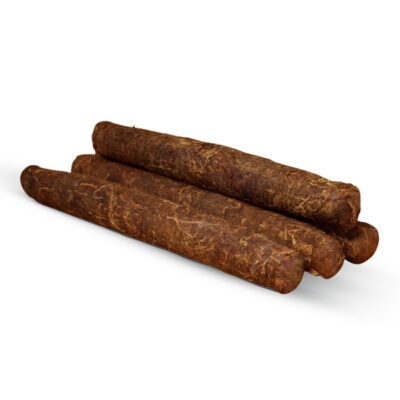
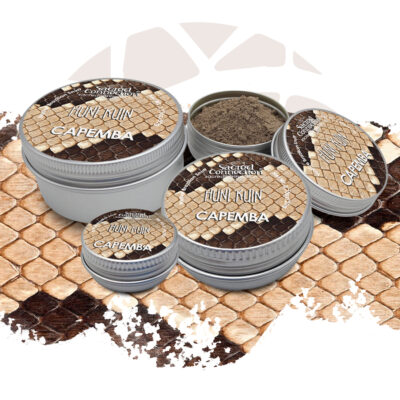

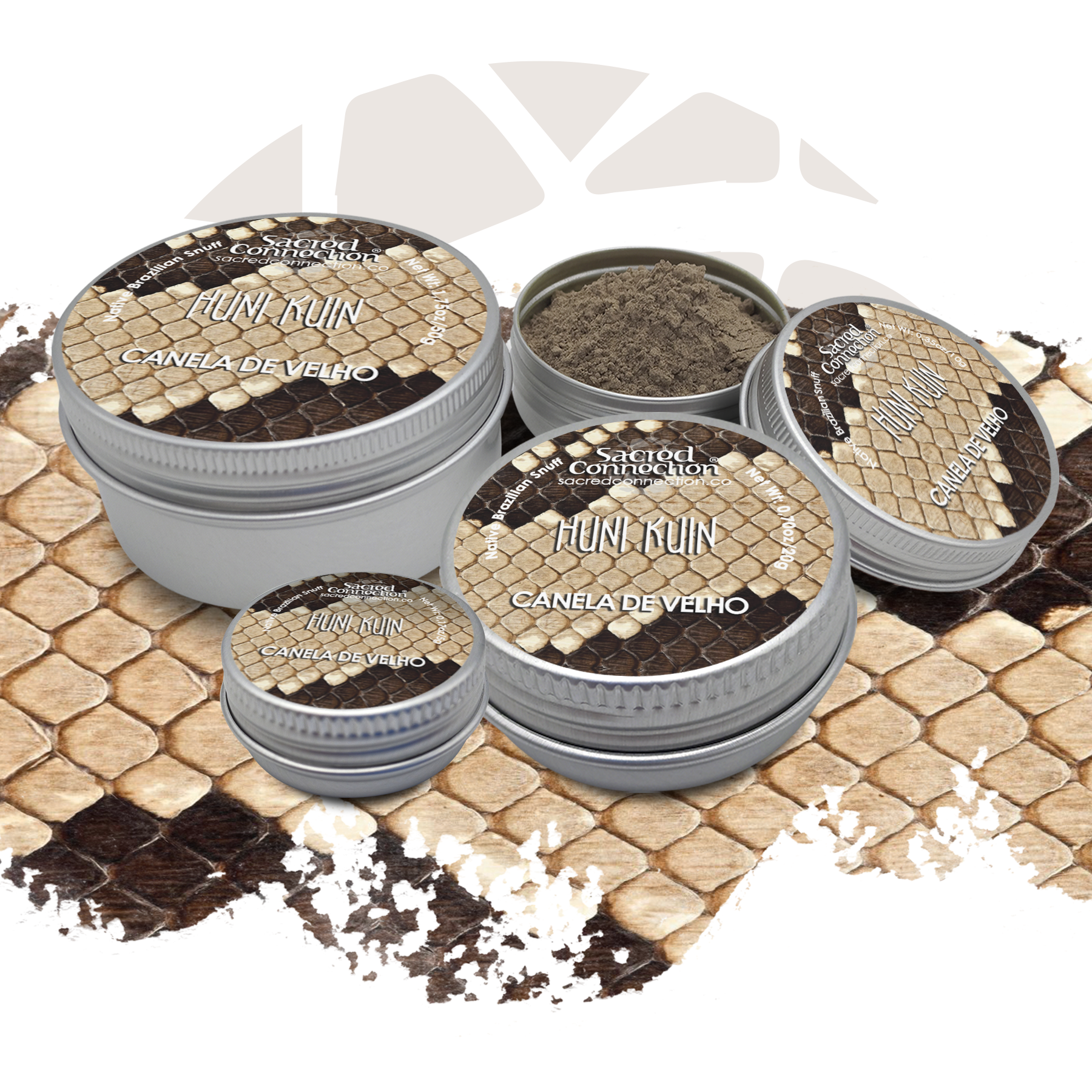
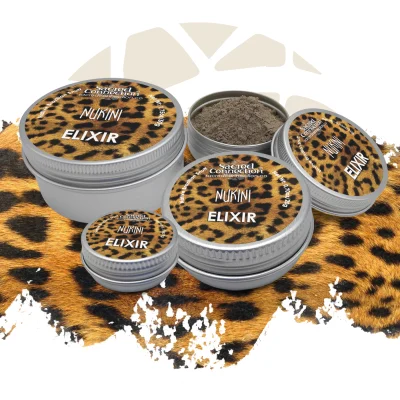
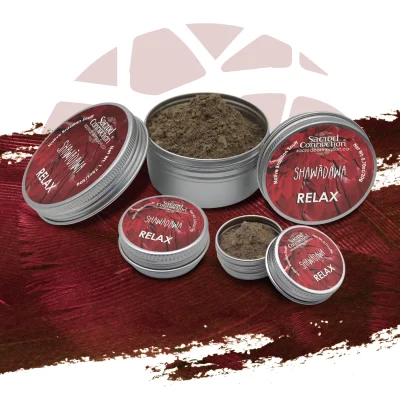
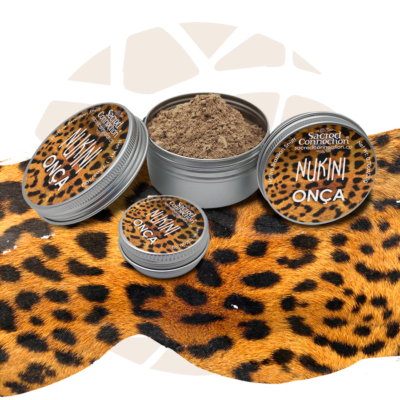
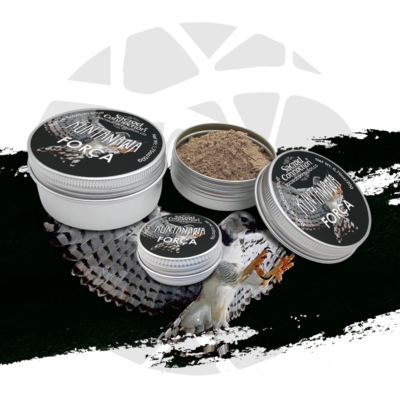
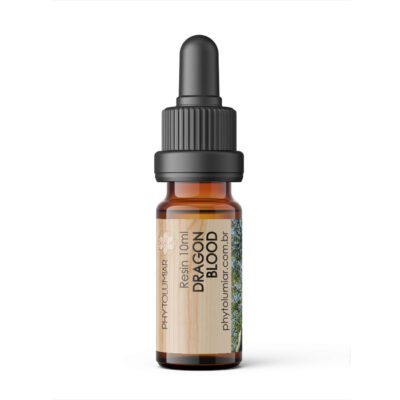
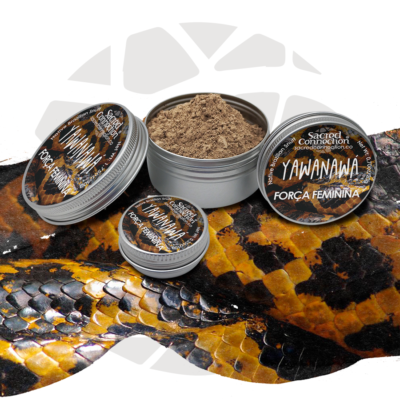
Bewertungen
Es sind noch keine Bewertungen vorhanden.